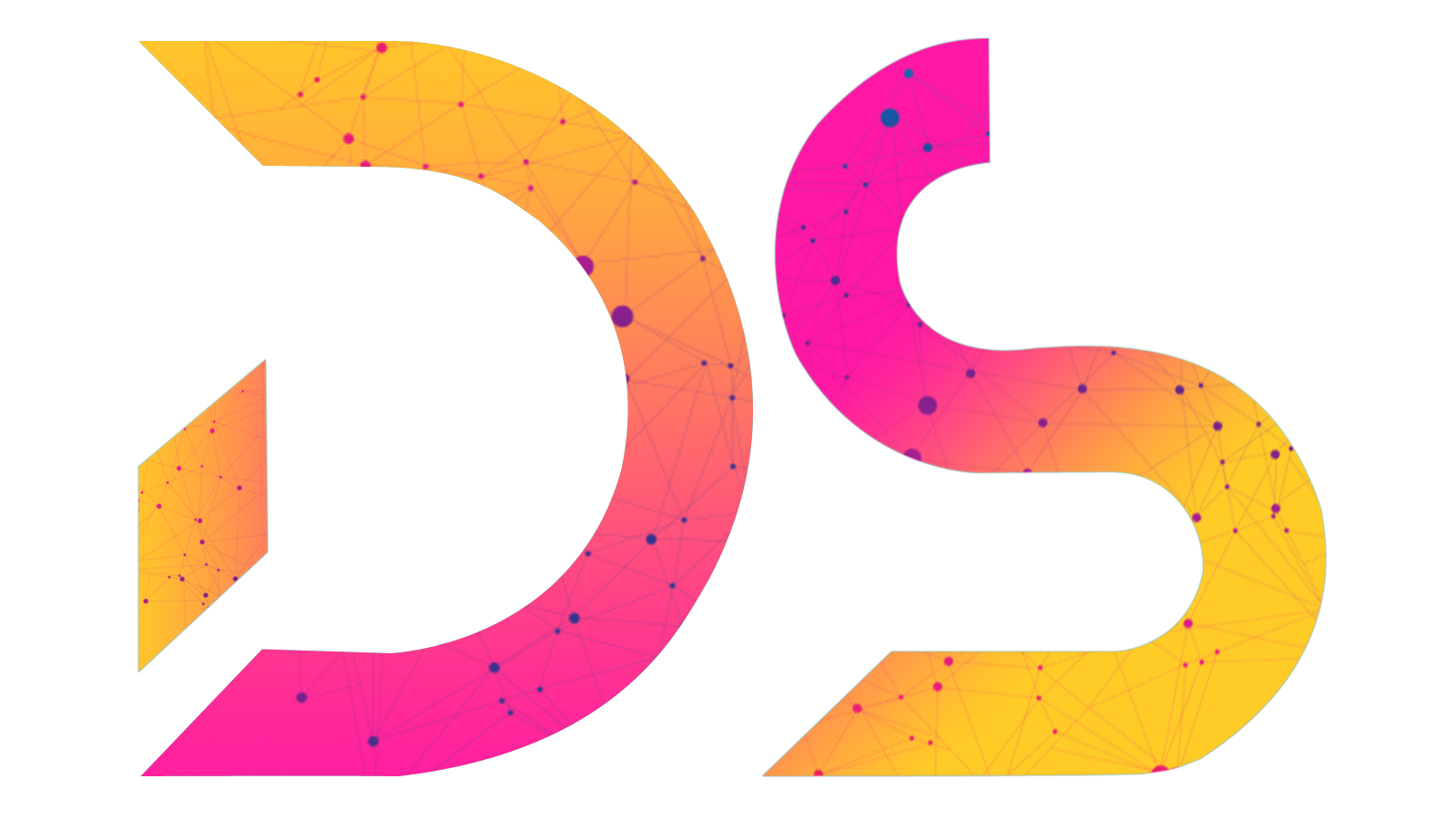Let’s Know How Digicane Systems Avoid Digital Product Engineering Projects Fail
Digital Product Engineering projects
Find out the way of Digital Product Engineering projects fail. And learn how the Digicane Systems avoid these mistakes.
The main causes of Digital Product Engineering projects failure and practical strategies for avoiding these pitfalls.
Hire the Digicane Systems for Optimize your digital products with our world-class digital product development services. Our developers optimize your development process and create exceptional user experiences. Contact us right now for Digital Product Engineering projects.

Software Update
A software update to the trading system introduced a new algorithm for processing stock orders. However, due to technical debt and a lack of testing, old, inactive code, previously used for testing purposes, remained in the production environment. This code prevented the new algorithm from functioning properly and resulted in a large number of erroneous transactions within minutes. A nightmare that could have been avoided if the technical debt had been addressed earlier.
Scope Creep
Common Causes of Scope Creep
Scope creep occurs when new features or requirements are added to a project without sufficient evaluation or oversight. It may seem harmless at first, but it can have disastrous consequences. Tight deadlines are extended, costs increase, and resources are reduced.
A common cause of scope creep is inadequate requirements capture. If you, as a project stakeholder, fail to clearly define and document the functionality and features of your software, this opens the door to misleading interpretations and additions. This ambiguity can arise from unclear user stories, vague acceptance criteria, or incomplete use cases.
Another factor contributing to scope escalation is the lack of change control procedures. Without established processes for evaluating, approving, and documenting changes, developers may implement changes on the fly, leading to uncontrolled project scope escalation.
How do you avoid scope escalation?
- Clearly define and document project requirements from the outset and ensure all stakeholders have a shared understanding of the project scope.
- Establish a change management process that requires formal approval for all changes to the project scope.
- Conduct thorough reviews and impact assessments before approving scope changes, considering the required time and resource commitment and potential risks.
- Communicate and engage with stakeholders regularly to manage expectations and address scope-related concerns or requests in a timely manner.
Technical Debt
Technical debt refers to accumulated shortcuts, poor coding practices, and unfinished work within software. These shortcuts can lead to lower quality and less readable code, which in turn makes it difficult for developers to understand and modify the codebase. As technical debt increases, it becomes more difficult to implement new features or fix bugs, slowing development and reducing productivity. Furthermore, maintenance costs increase over time because existing issues must be continually addressed.
How do you manage technical debt?
Apply good coding and development practices, including code reviews, refactoring, and adherence to coding standards and best practices.
Conduct regular assessments of technical debt and prioritize its remediation based on its impact on the project.
Allocate time and resources to remediate technical debt as part of the development process.
Document and track technical debt, including its impact and priority, in a central repository or issue tracking system.
Ensure proper planning and estimation of development effort to avoid shortcuts and quick fixes that lead to technical debt.
Invest in continuous integration and automated testing to identify and resolve issues early in the development cycle.
Large and Uncoordinated Teams
Large, uncoordinated teams can significantly contribute to the failure of a software product due to the various technical challenges that come with their size. First, communication problems become more apparent as team size increases. Large teams often struggle to share information effectively. This leads to misunderstandings, misaligned goals, and a lack of synergy.
Furthermore, coordination and decision-making become complex in large teams. Team members may not have a clear understanding of the overall project architecture, which can lead to suboptimal design decisions and integration issues. Finally, Digicane Systems accountability becomes elusive in large teams, making it difficult to determine responsibility for specific issues or defects.
Additionally, communication and knowledge sharing within teams are highly efficient. By defining clear roles and responsibilities, teams eliminate silos and promote direct and productive collaboration. The model is also easily scalable. To ensure Spotify remains agile and adaptable as it grows, teams are grouped into tribes, chapters, and guilds.
How can you maximize team efficiency in software development?
Clearly define the goals and scope of the project to identify the specific roles and skills required of the development team.
• Select team members with complementary skills and knowledge, and ensure a broad range of skills covers the required technical areas.
• Keep the team size small to promote effective communication, collaboration, and decision-making.
• Give team members autonomy and responsibility to make decisions and take ownership of their work.
• Implement agile methods and frameworks such as Scrum or Kanban to promote iterative development, adaptability, and continuous improvement.
• You have access to experienced project managers, skilled developers, and industry experts who apply best practices to develop reliable and scalable digital products. We emphasize thorough testing, continuous monitoring, and iterative improvements to address vulnerabilities and improve product performance. Contact us for a free technical consultation and to take the next step in developing exceptional software.
For More Information – Contact us






